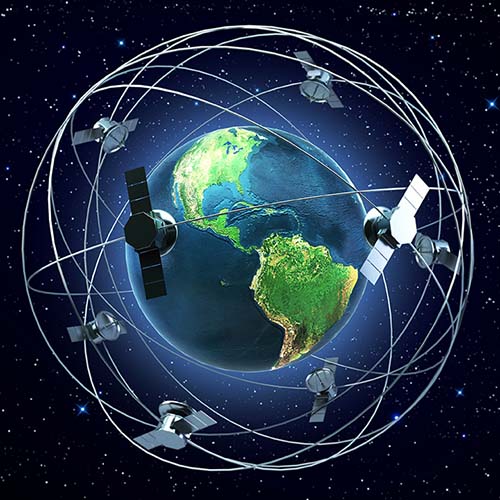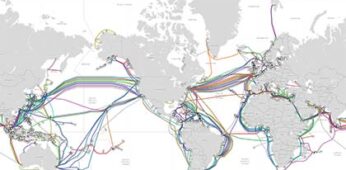People from various parts of the world are reporting a strange light in the sky or a string of lights that travel across the sky before fading away. Some think they just saw a shooting star. However, in many cases, this was a satellite…or a group of satellites that were just launched into space. The reason people can see them is largely due to recent advancements in low-cost rocket technology that have enabled more widespread deployment of Low Earth Orbit (LEO) satellites. Unlike traditional satellites that orbit up to 36,000 km above the earth’s surface, LEO satellites hover at less than 2,000 km (about half the width of the United States) above the earth’s surface, making them easier and more affordable to launch at scale.

Connecting the Un-Connected with LEO Satellites
Current statistics show that more than a third of the world’s population is currently without internet access. LEO satellites can play a significant role in closing this digital divide because they can be distributed to provide connectivity to anywhere it’s needed on earth. With advancements in rocket launch technology, LEO satellites require less energy to deploy and less power for transmissions because they are closer to earth. This makes them more affordable and easier to replace. Their proximity to earth also provides lower transmit/receive latency compared to traditional satellites, enabling the use of more latency sensitive applications that were not viable with a traditional satellite network. For these reasons, many companies around the world have been getting into the business of LEO satellites to create a communication network in space.
As noted by the World Economic Forum in February 2022, below are just a few of the more notable LEO constellation launches:
- SpaceX’s Starlink has deployed nearly 2,000 satellites in orbit and has applied for licenses to fly more than 40,000 satellites.
- Amazon has announced plans to deploy more than 3,000 satellites later this year.
- The European Union is developing a LEO satellite system worth €6 billion.
These networks are like the worldwide telecommunications infrastructure we have on earth, except instead of sending signals across fiber optic cables, signals are sent via laser beams through free space.
Why Optical Communications Technology?
Just as key fiber optic advancements helped to improve our global telecommunications infrastructure, these technologies can be used to power the future of space communications. Leveraging technologies such as coherent optical networking, the terrestrial communications industry has been able to migrate to higher performing networks, and today we are reaping the rewards with next generation 400G, 600G and even 1.2 Terabit network speeds. Coherent technology is evolving rapidly and continuing to push the envelope on low power consumption, performance, cost, and small form factors. These are attributes that can be key for building an inter-satellite communications network.
Optical communication in space uses what is referred to as “free space optics (FSO)”. With FSO, data can be transmitted at high speeds by laser beams outside the visible spectrum. Free space optics has been used for many years between satellites with 10 Gbps capacity. Today there is massive deployment of FSO due to the increased LEO constellation launches. This has led to the need for 100 Gbps and above speeds leveraging high Rx sensitivity coherent technology receivers to meet the large data traffic demand between satellites.
Our Connected World
As this space network evolves and connects to our global terrestrial telecommunications network, there can be many benefits. For some that may mean more bandwidth for existing and new applications, while for others it may mean that wireless communications are more affordable such as on airplanes, in the ocean or in remote areas.
Airplanes could soon provide faster, more secure, and more affordable communications for passengers by leveraging these space networks. And for the more than a third of the global population without internet access, it has the potential to bring education to rural areas, create jobs, and help people rise out of poverty. It can even help during natural or man-made disasters when terrestrial networks are knocked out, bringing emergency internet connectivity to wherever it’s needed. For example, according to Reuters, SpaceX made its Starlink satellite broadband service available in Ukraine after its communication services were disrupted as a result of the Russian invasion.
It is exciting to see the innovation and product development taking place to build out a large-scale space communication network. While there are challenges to overcome, there is already so much innovation taking place. At Acacia, we believe satellite technology can enable the next generation of broadband infrastructure and we’re excited that high-capacity transmission enabled by our coherent technology could help make these revolutionary networks possible.


